
Ms. Diem, a teacher at Truong Quyen Primary School, teaches in a digital class for students in Con Dao - Photo: Provided by Truong Quyen Primary School
The clock showed 7:30, Ms. Diem smiled brightly, raised her hand and waved: "Hello everyone!". Immediately the screen showed the image and the voices of 5H students of Cao Van Ngoc Primary School (in Con Dao special zone, Ho Chi Minh City) greeting their teacher.
That was the opening part of Ms. Diem's digital classroom teaching session in the 2025-2026 school year. In addition to her direct teaching duties at Truong Quyen Primary School, Ms. Diem was also assigned by the Ho Chi Minh City Department of Education and Training to teach digital classrooms to support some schools in remote areas that lack English teachers.
Unlike a regular online class, students in a digital class still sit in their classrooms. Instead of the teacher standing on the podium, students follow the lesson on a large screen placed in front of the class. This model overcomes many of the limitations of online teaching thanks to the presence of a teaching assistant to support students throughout the lesson.
Many places deploy digital classrooms
Ms. Huynh Ngoc Diem is one of the first teachers to participate in teaching "digital classrooms" since the Ho Chi Minh City Department of Education and Training deployed this model (school year 2023-2024).
She said: "I have experience teaching online since the COVID epidemic, so teaching in digital classrooms is quite convenient in terms of technical issues, experience in sound processing... However, the characteristics of direct teaching are different from digital classrooms, so I have to make a separate lesson plan.
If at Truong Quyen School, I let students play games and work in groups a lot, then in the digital classroom, I use artificial intelligence (AI) to create clips. After watching the clips, students will practice listening and speaking skills. Teaching remotely with too much talking will make students easily bored" - Ms. Diem shared.
In the last two school years, the digital classroom model has also been widely deployed in Hanoi and some northern provinces such as Lao Cai, Tuyen Quang... stemming from the reality of a shortage of teachers, especially English teachers. Cooperation between the Department of Education and Training and between schools, even teachers proactively connecting with teachers between localities to expand the limits of traditional classrooms.
With the online application, students in Lao Cai and Tuyen Quang can study with teachers in Hanoi or foreign teachers. According to teachers, the open classes do not only solve the problem of teacher shortage but also help students in disadvantaged areas access good quality education , aiming for equity in education.
Meanwhile, on November 14, the lesson of Ms. Le Thi Quynh Anh - English teacher at Ngo Tat To Secondary School (Phu Nhuan Ward, Ho Chi Minh City) - was broadcast live on a digital application platform for parents and teachers of the whole school to follow (in addition to teachers and parents who attended the class directly). This is considered an open classroom model to publicize the school's educational quality to society.
Personalization in teaching
Most teachers who apply AI in teaching say that AI helps a lot with personalization in teaching, something that traditional teaching methods find difficult to do, especially in the context of large student numbers and students only studying one session/day at school.
In Hanoi, some high schools have invested in purchasing copyrighted software for teaching, guiding, and controlling students' self-study. According to teacher Tran Van Huy - Phan Huy Chu High School (Dong Da, Hanoi), on the review app platform that the school bought many years ago, AI features have now been integrated to solve many problems.
For example, homeroom teachers and subject teachers can see the amount of homework for all subjects that students have to do in a session to adjust and avoid overloading students. AI can help analyze student score data so that teachers can adjust teaching methods and have plans to support each group of students.
Similarly, Mr. Luu Thuan Tuan - a math teacher at Binh Tan High School, Ho Chi Minh City - also uses AI to grade students' multiple choice tests: "AI not only helps correct errors in students' work, but through the results of their work, teachers can adjust teaching methods accordingly.
A class will have good students and bad students. AI has been helping me create interactive games so that students who have difficulty learning math can learn more happily and more easily."
Meanwhile, Mr. Phan Anh - a teacher at Trung Vuong Secondary School (Hanoi) - shared about the personalized approach in teaching as follows: "When applying the 2018 General Education Program with specific requirements for each unit of knowledge, the application can create self-study tutorials, exercise systems, and different review content suitable for each unit of knowledge or each group of students.
For example, when I want to focus on a student's ability, I choose and the application will create a corresponding exercise system to test and practice that ability. In the same way, I can create exercise sheets for different groups of students, corresponding to the strengths and weaknesses of each student and group of students.
However, according to Ms. Trieu Pham Tra Mi - a literature teacher at Tran Dai Nghia High School for the Gifted (HCMC), in the current context, applying technology to teaching is necessary but not the deciding factor. "The digital age requires teachers to flexibly combine many methods, suitable for each group of students and lesson objectives," Ms. Mi emphasized.
At Tran Dai Nghia High School for the Gifted, Ms. Mi often organizes speaking practice sessions in the smart library. Each student sits in front of a computer, while the teacher manages from a central server. This is an activity to practice speaking skills and confidence in front of a crowd.
Before class, each group will prepare a presentation based on the topic. When class begins, the groups must submit a task assignment sheet for each member so that the teacher and students can monitor and comment.
Based on that, Ms. Mi can ask any question to each student to test their understanding and personal ability. She said this is the personalized teaching method that she has pursued for many years.
The art of teaching from teachers
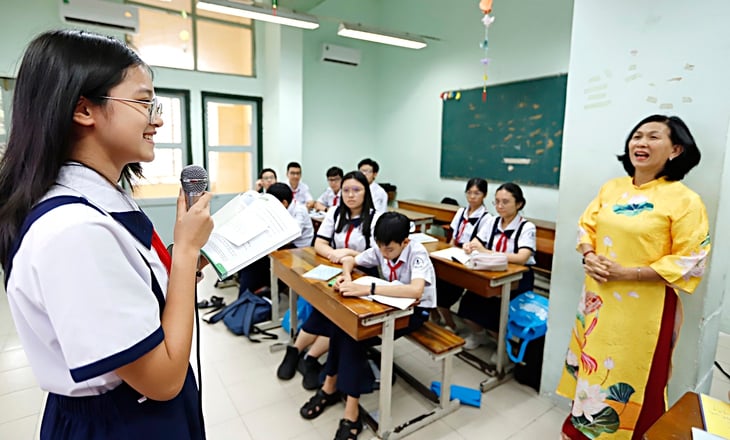
Students of class 9A8 at Tran Dai Nghia High School for the Gifted, Saigon Ward, Ho Chi Minh City, presented literature in front of the class and teacher Trieu Pham Tra Mi - Photo: NHU HUNG
According to Ms. Tra Mi, teachers need to balance many different teaching methods. "In the class, there are students who are shy, afraid to speak up, afraid to present... It is best to meet and talk privately because technology is very difficult to intervene.
One student shared with me that because he did not pronounce some words correctly, he was afraid of being laughed at when speaking in front of a crowd. So I intervened by working skillfully with the class. Then I increased the number of times he was called up to answer short questions in front of the class.
Most of her answers received applause from the whole class. Gradually, the student forgot that she was very shy about presenting," said Ms. Mi.
Mr. Cao Duc Khoa (Principal of Nguyen Du Secondary School, Ben Thanh Ward, Ho Chi Minh City):
Forming a generation of digital students
Every student today can learn through online platforms, interact with virtual assistants, and look up information in just a few seconds. AI is contributing to the formation of a generation of digital students. Students are quick, curious , and easily accessible to knowledge, but can also easily get caught up in the "vortex" of technology if they lack direction.
Generation A students learn quickly and absorb information quickly, but they also easily become dependent on tools. Many of them are used to using applications to look up information, solve exercises, and even rewrite sample paragraphs without thinking creatively.
When AI can suggest articles, presentations, or analyze data, the line between “self-taught” and “copying” becomes blurred. This creates a new challenge for both students and teachers in maintaining academic integrity.
Source: https://tuoitre.vn/chan-dung-giao-vien-thoi-cong-nghe-so-ky-2-tu-lop-hoc-so-den-ca-nhan-hoa-day-hoc-20251118081716881.htm












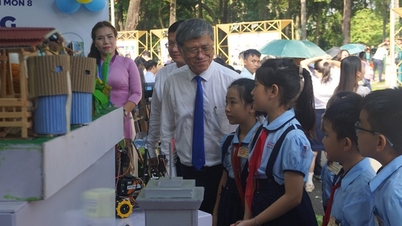

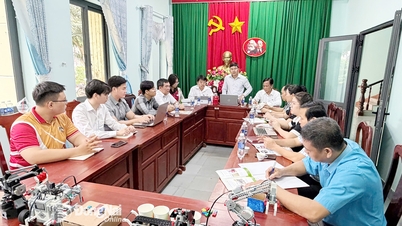



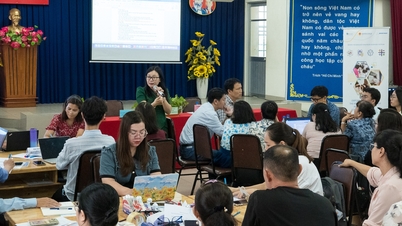















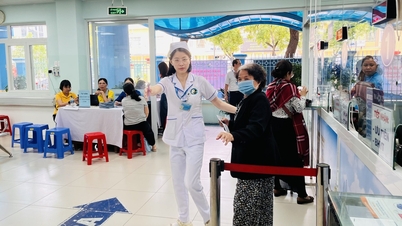




![[Photo] General Secretary To Lam and National Assembly Chairman Tran Thanh Man attend the 80th Anniversary of the Traditional Day of the Vietnamese Inspection Sector](https://vphoto.vietnam.vn/thumb/1200x675/vietnam/resource/IMAGE/2025/11/17/1763356362984_a2-bnd-7940-3561-jpg.webp)

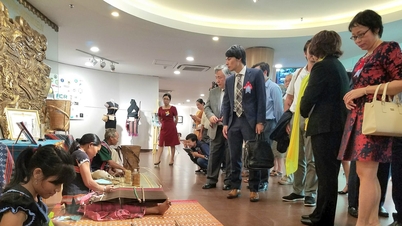





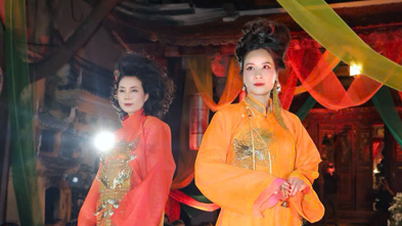
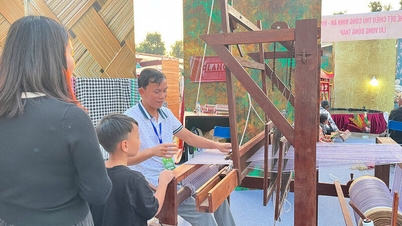
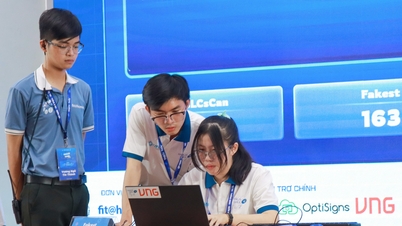


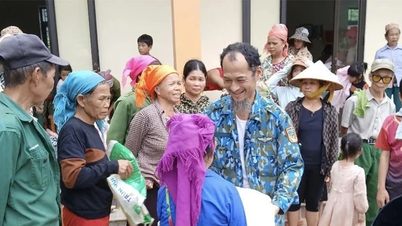



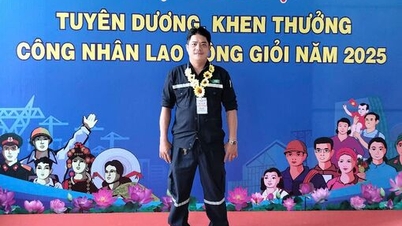





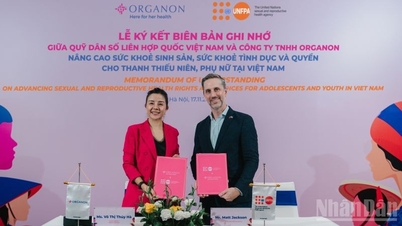













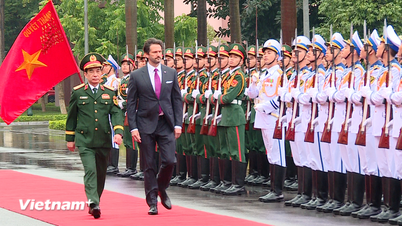













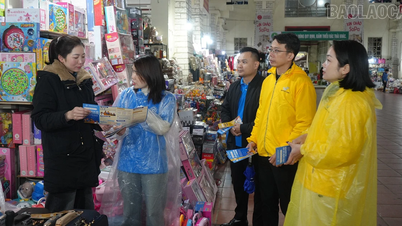
















Comment (0)